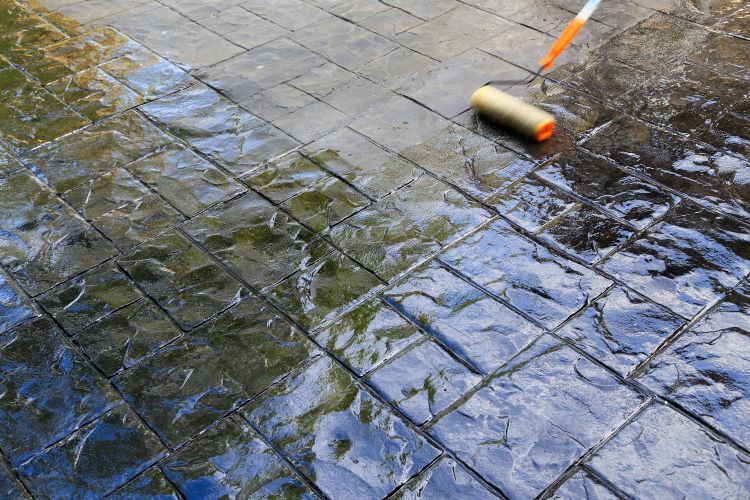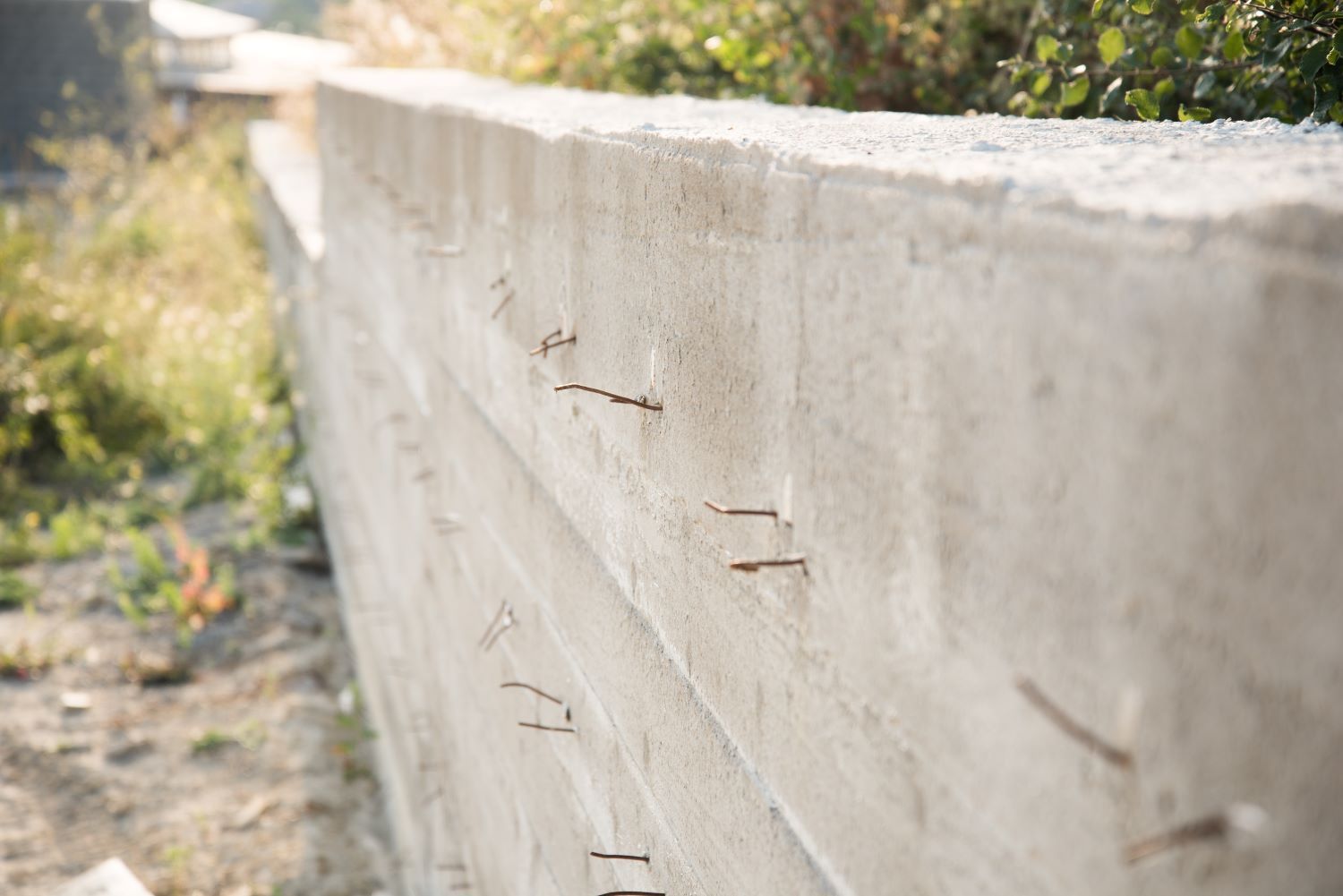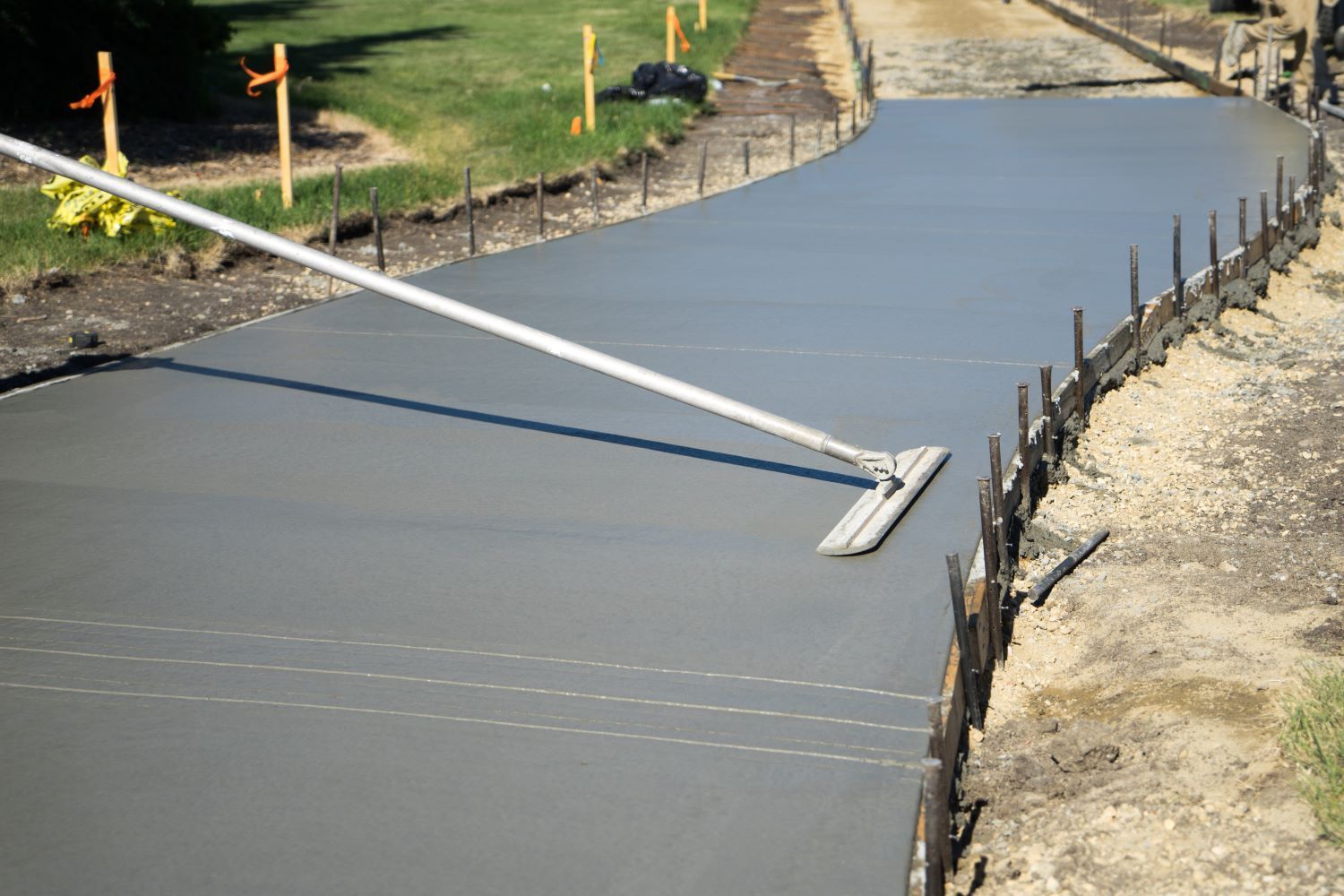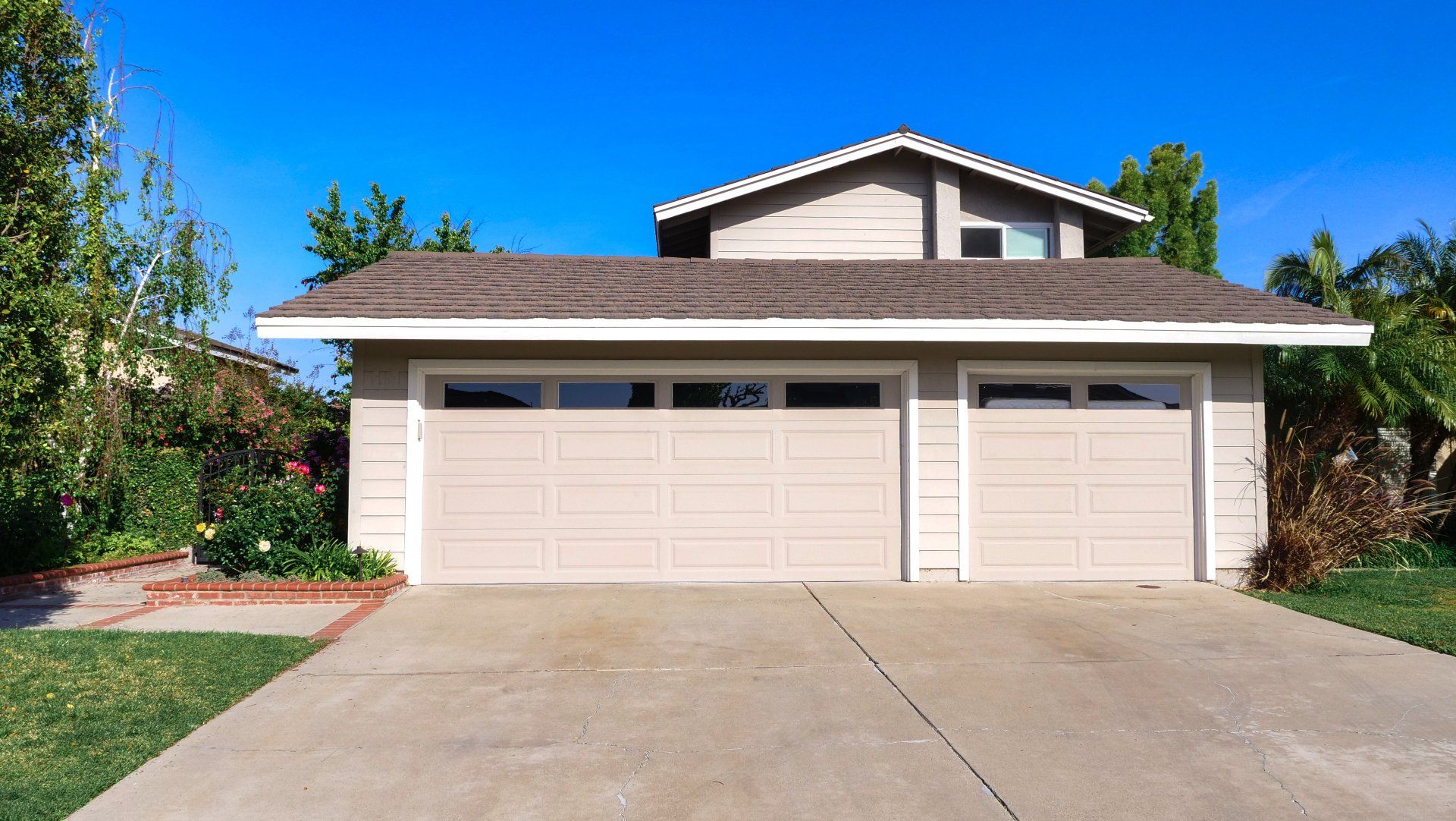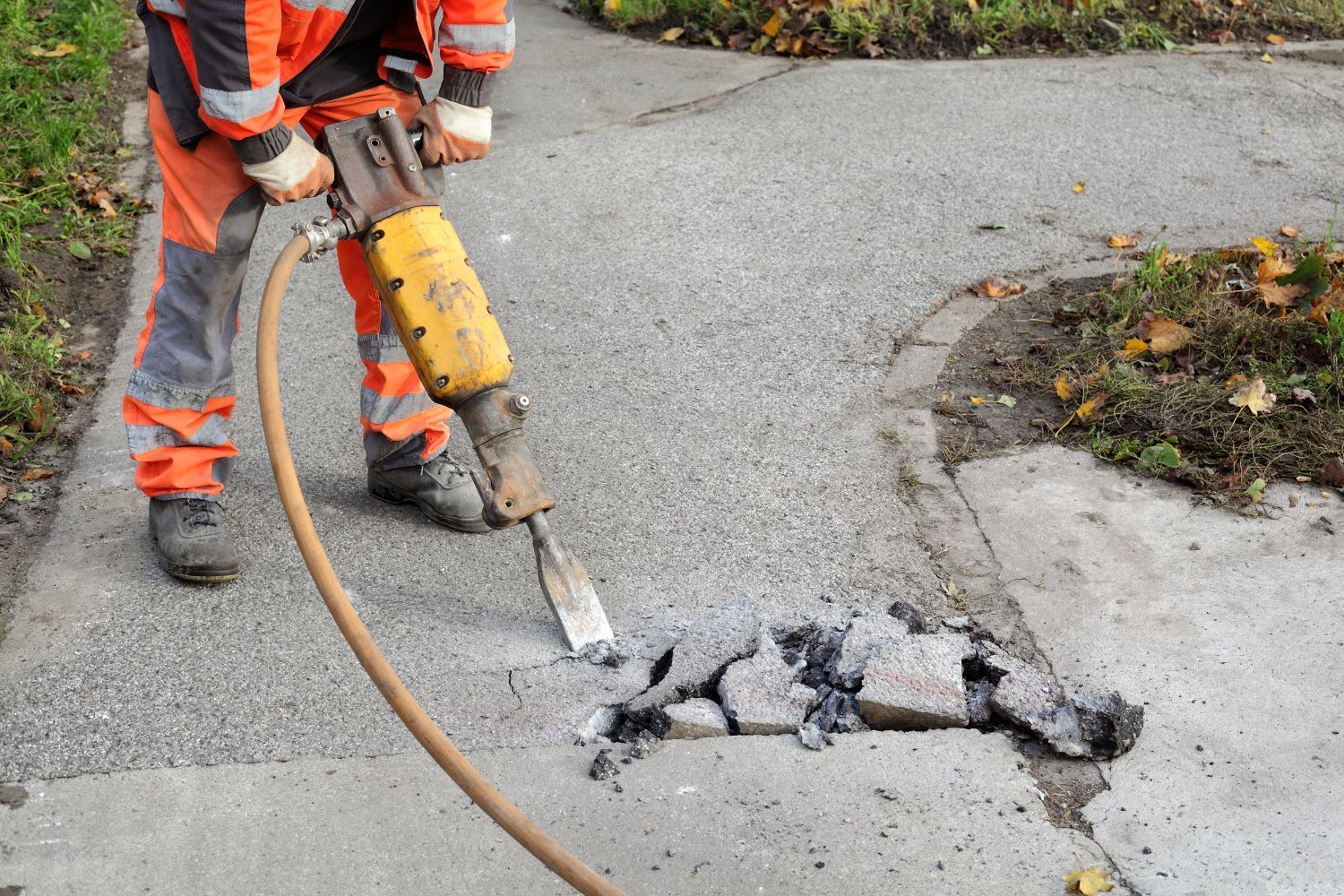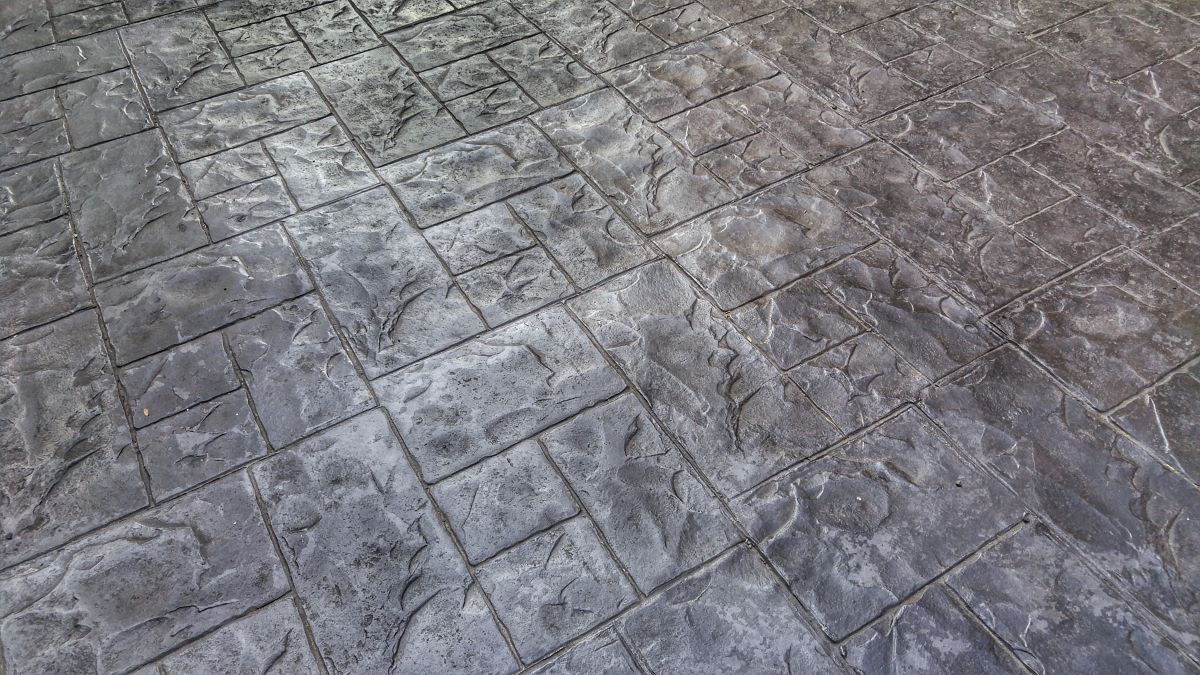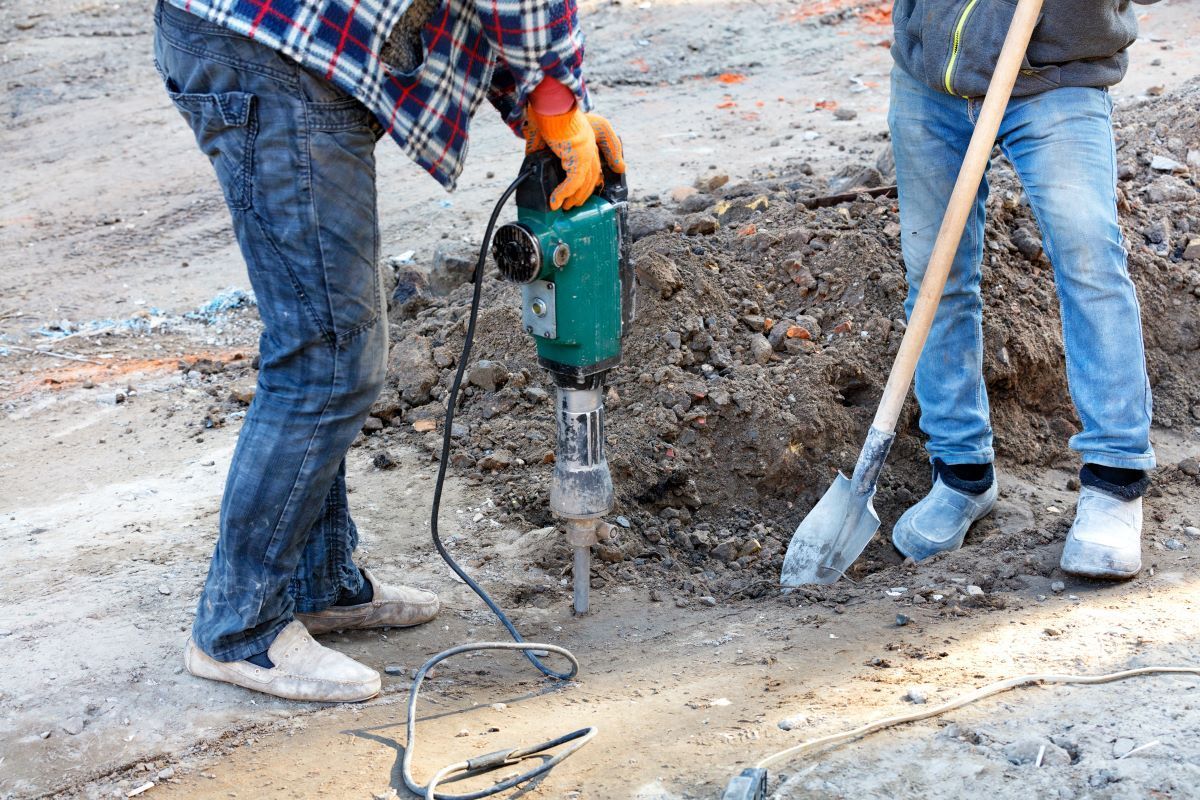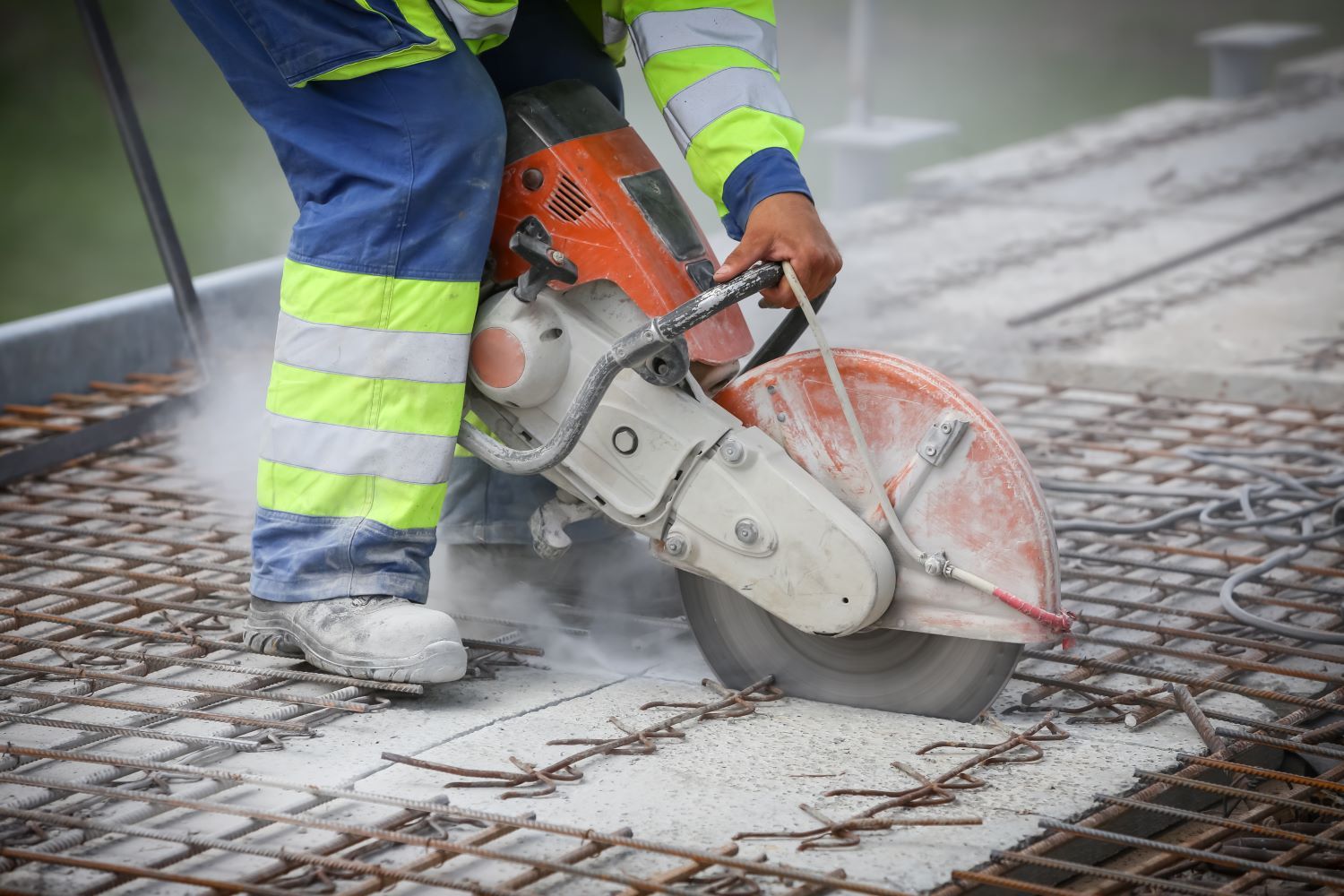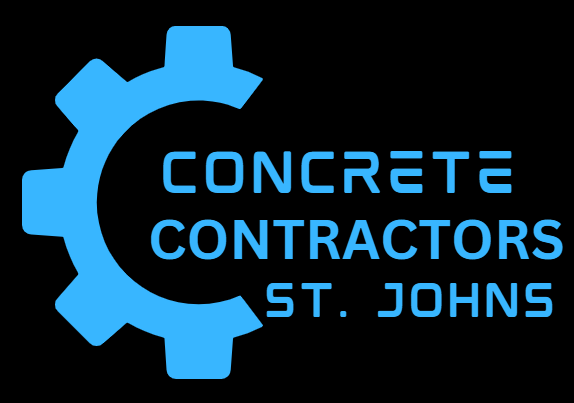Pouring vs. Precast Concrete Foundations: Pros and Cons
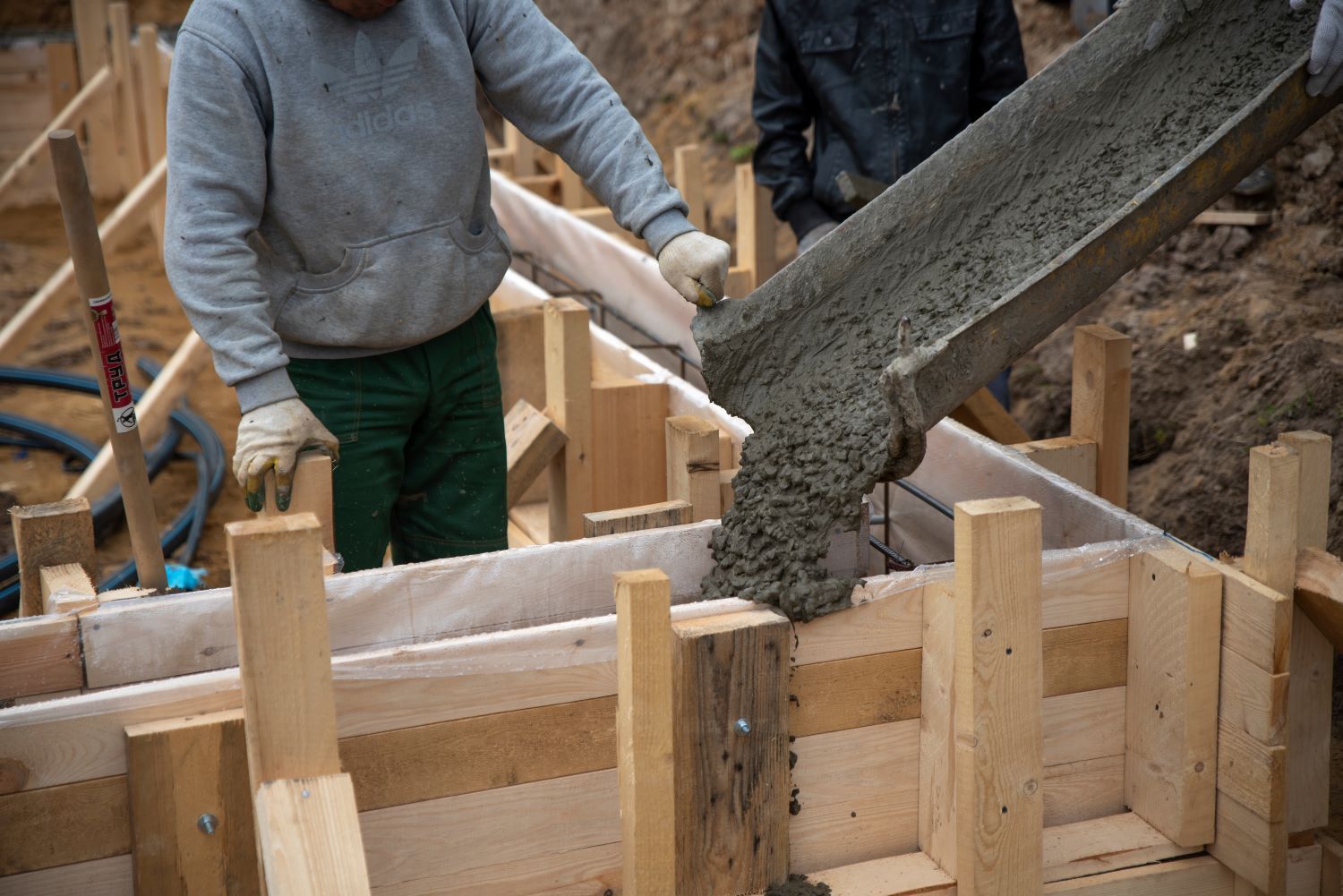
A strong foundation is critical for any home or commercial property. When it comes to concrete foundations, homeowners and builders in St. John’s, Newfoundland, often face a key decision: should they choose poured concrete or precast concrete foundations? At Concrete Contractor St. Johns, we guide our clients through this decision to ensure their projects are structurally sound, cost-effective, and long-lasting.
What Is a Poured Concrete Foundation?
A poured concrete foundation is created by mixing concrete on-site and pouring it into custom-built forms. Once it cures, it forms a solid, seamless base for your structure.
Pros of Poured Concrete:
- Customizable: Can be shaped to fit unique property layouts and specifications.
- Seamless Structure: Reduces potential weak points where cracks can form.
- Durable: Properly poured and cured foundations can last decades.
- Adaptable: Suitable for a variety of soil types and weather conditions.
Cons of Poured Concrete:
- Time-Consuming: Requires on-site mixing, forming, and curing.
- Weather Dependent: Rain or freezing temperatures can affect curing.
- Cost: Can be more expensive due to labor and material requirements.
What Is a Precast Concrete Foundation?
Precast concrete foundations are cast off-site in a controlled environment, then transported and installed on the property.
Pros of Precast Concrete:
- Faster Installation: Components are manufactured off-site and can be installed quickly.
- Consistent Quality: Factory conditions ensure precise mixing, curing, and reinforcement.
- Reduced Labor On-Site: Less on-site construction work means fewer delays.
- Weather-Independent: Production is not affected by local weather conditions.
Cons of Precast Concrete:
- Limited Customization: Shapes and sizes may be limited by factory production standards.
- Transportation Challenges: Large sections may be difficult or costly to transport to the site.
- Joint Weaknesses: Connections between precast sections can be potential points of weakness if not installed properly.
Which Is Right for Your Project?
Choosing between poured and precast concrete depends on several factors:
- Project Size and Design: Custom or irregular layouts often benefit from poured concrete.
- Timeline: Precast foundations can significantly reduce construction time.
- Budget: Poured foundations may have higher upfront costs, while precast can reduce labor expenses.
- Site Conditions: Soil type, access, and weather can influence which option is more suitable.
At Concrete Contractor St. Johns, we evaluate your project needs, site conditions, and budget to recommend the foundation type that ensures maximum durability and long-term value.
Final Thoughts
Both poured and precast concrete foundations have their advantages and disadvantages. The best choice depends on your property, timeline, and design requirements. With professional guidance, you can make an informed decision that sets your home or building up for years of stability and safety.
If you’re planning a new build or foundation project in St. John’s, contact Concrete Contractor St. Johns today. Our experienced team specializes in both poured and precast concrete foundations, providing expert installation and advice for homeowners and builders across Newfoundland.
